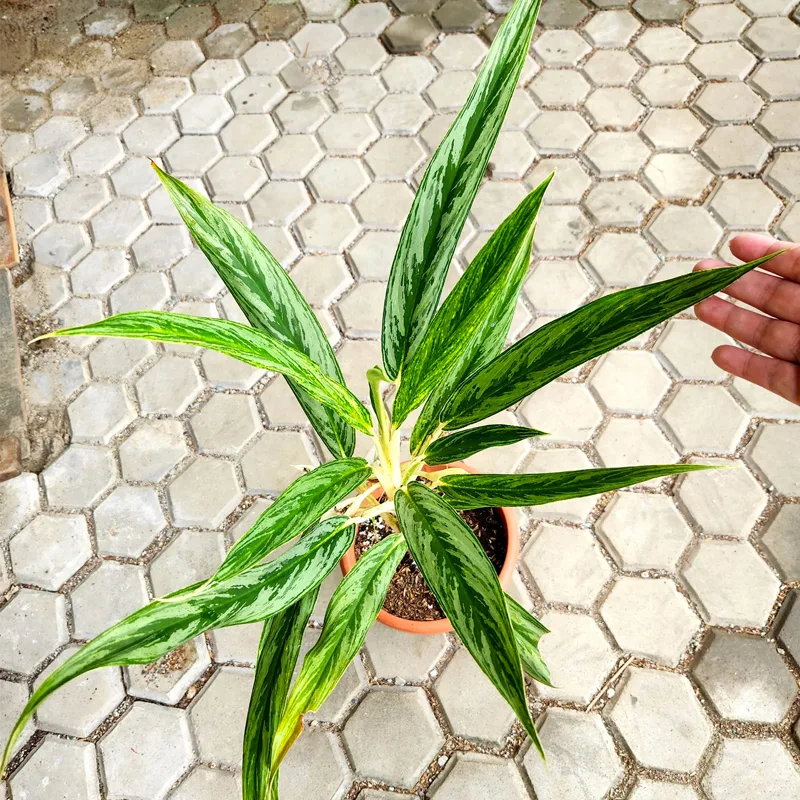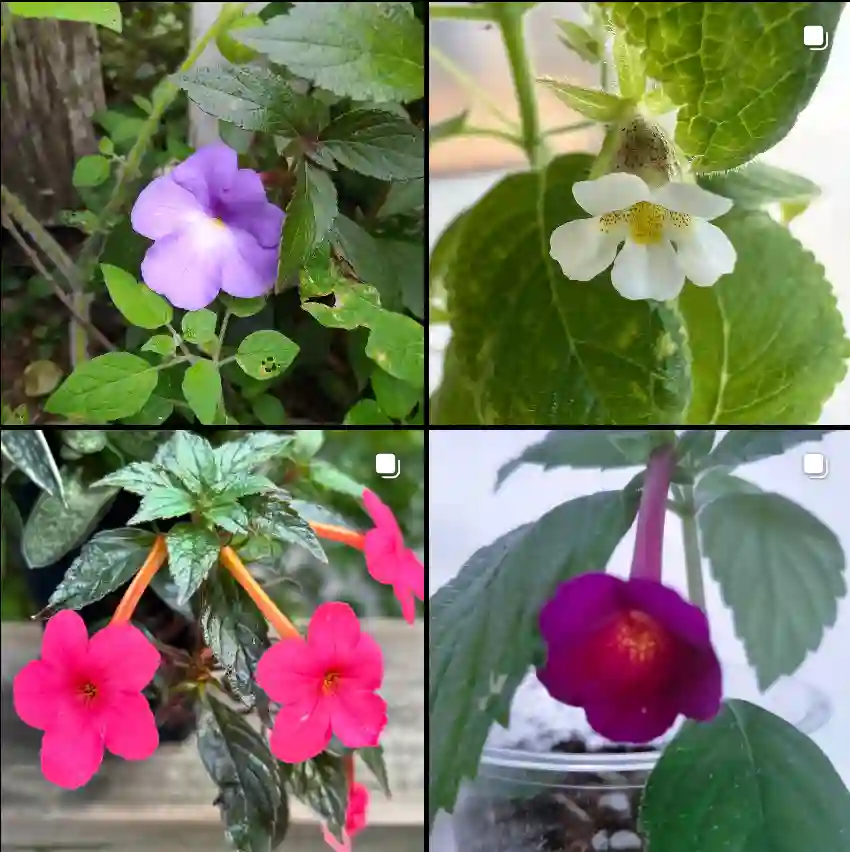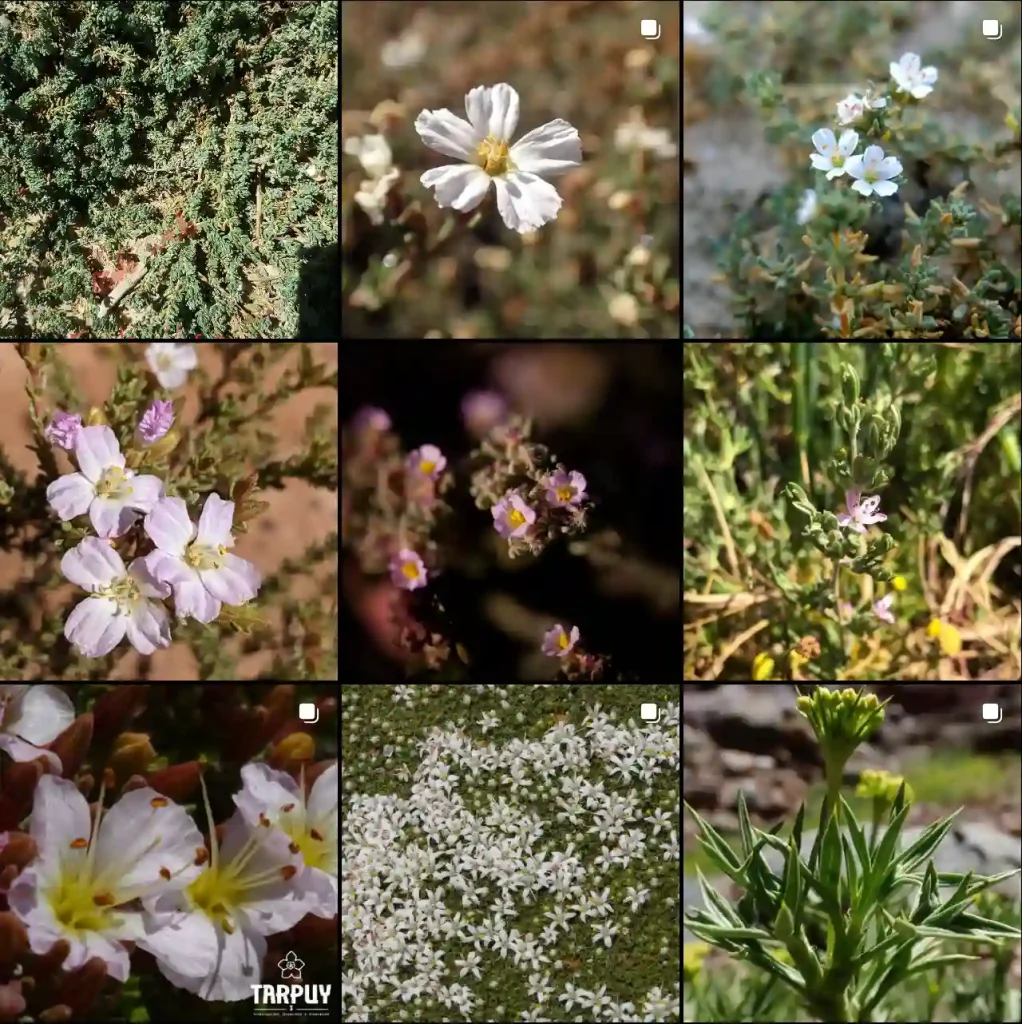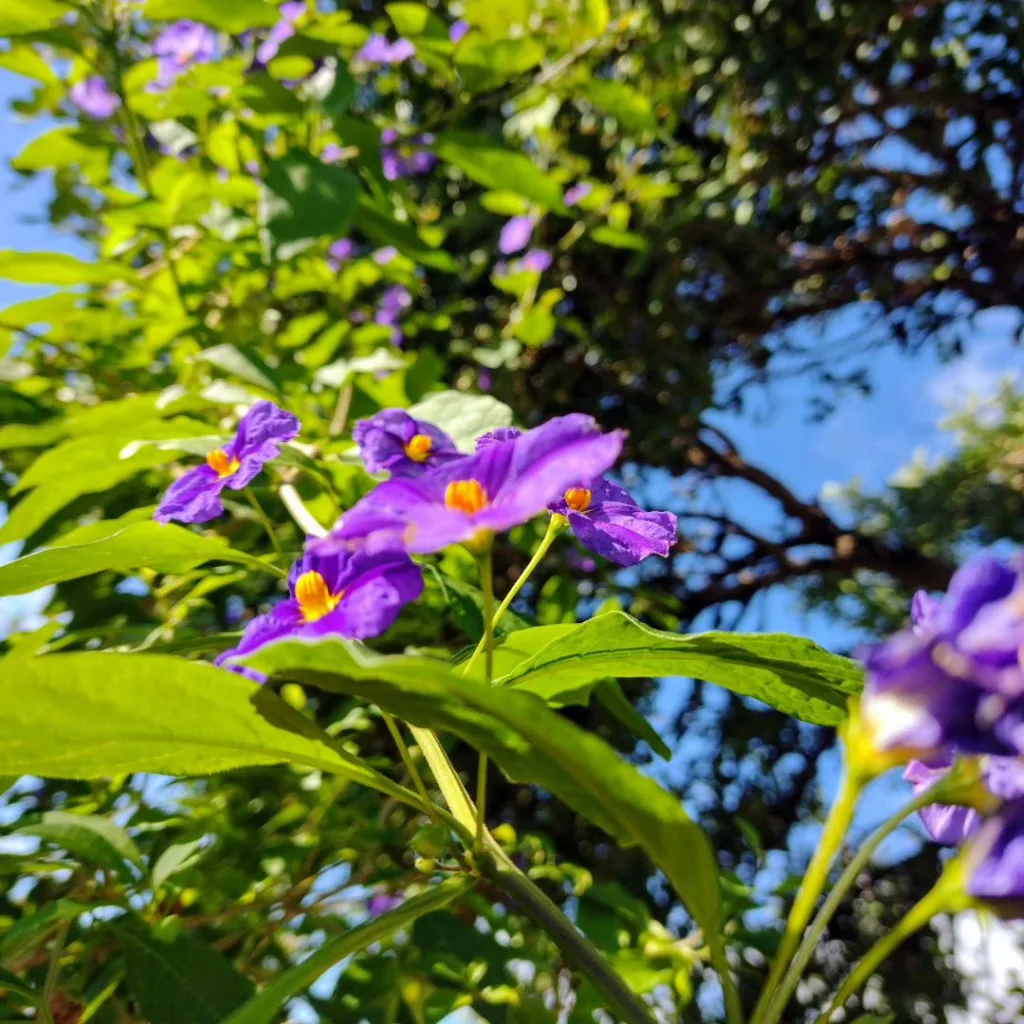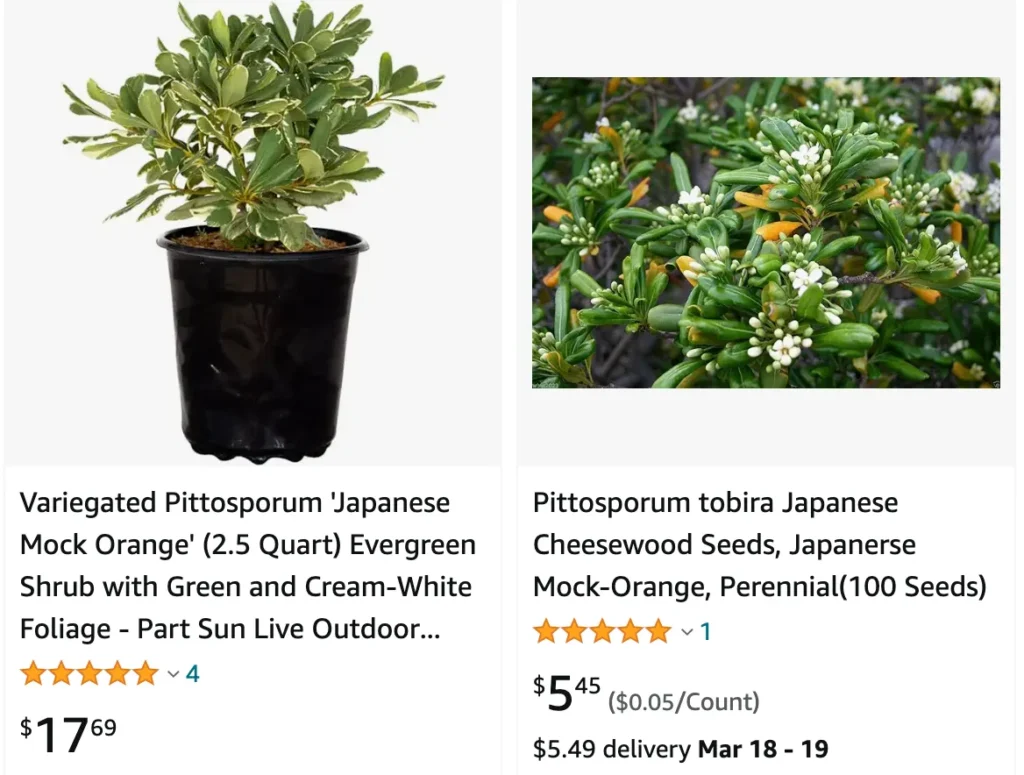
All You Need to Know About the Japanese Pittosporum: A Gardener’s Guide
Hi, Ferb Vu here! I’m a plant enthusiast, and today, we’re diving into the world of the Japanese Pittosporum (Pittosporum Tobira). This versatile evergreen shrub is a favorite for many reasons, and I’m here to answer all your burning questions about it.
256 Species in Genus Pittosporum
What is a Japanese Pittosporum?
The Japanese Pittosporum is a compact, low-maintenance shrub native to southern Japan, China, and Korea. It’s known for its glossy, dark green leaves that can be variegated with creamy white in some cultivars. This shrub boasts clusters of small, fragrant, white flowers in spring, followed by small, black berries that add a touch of winter interest.
Why Choose a Japanese Pittosporum?
There are many reasons to consider this beauty for your garden:
- Easy Care: This shrub is a dream for busy gardeners. It thrives in most well-drained soils, tolerates full sun to partial shade, and requires minimal watering once established.
- Adaptability: The Japanese Pittosporum is a trooper. It handles coastal conditions, moderate drought, and even a light frost.
- Versatility: This shrub shines in various roles. Use it as a stunning hedge, a foundation plant, a container specimen, or a sculpted bonsai.
- Low Maintenance: An occasional pruning to maintain shape is all it needs. Plus, it’s generally pest and disease resistant.
How to Care for Your Japanese Pittosporum?
Planting: Choose a well-draining location that receives full sun to partial shade. Amend the soil with compost if needed for drainage. Water deeply at planting and regularly until established.
Watering: Once established, Japanese Pittosporums are drought tolerant. Water deeply when the top inch of soil feels dry. Avoid overwatering, which can lead to root rot.
Feeding: Fertilize lightly with a balanced fertilizer in spring and early summer.
Pruning: Prune for shape and size in late winter or early spring. Shearing can encourage bushier growth.
Japanese Pittosporum vs. Other Shrubs:
Here’s how the Japanese Pittosporum stacks up against some popular alternatives:
- Boxwood (Buxus): Similar appearance but requires more frequent pruning and is susceptible to boxwood blight.
- Viburnum: Offers beautiful flowers in spring but can be larger and require more specific care.
- Privet (Ligustrum): Fast-growing hedge option but less visually interesting and can be invasive.
How fast does a Japanese Pittosporum grow?
It’s a moderate grower, typically reaching 6-10 feet tall and wide in 10 years.
Is Japanese Pittosporum poisonous?
Yes, the leaves and berries are mildly toxic if ingested. Keep out of reach of children and pets.
Does Japanese Pittosporum attract bees?
Yes, the fragrant flowers attract bees and other pollinators.
Can Japanese Pittosporum be grown indoors?
Yes, but it needs bright, indirect light and regular humidity.
Advanced Care and Troubleshooting for Japanese Pittosporum
While the Japanese Pittosporum is generally easygoing, there are a few things to keep an eye on:
- Light Issues: Too little light can cause leggy growth with sparse foliage. Conversely, excessive sun exposure in hot climates might scorch the leaves. Monitor your plant and adjust its location if needed.
- Watering Problems: Overwatering is the most common culprit for yellowing leaves or stunted growth. Ensure proper drainage and adjust your watering frequency based on weather conditions.
- Pests and Diseases: Although uncommon, scale insects and fungal diseases can occasionally trouble Japanese Pittosporums. Use insecticidal soap or neem oil for scale, and address fungal issues with fungicide according to the specific problem.
- Winter Care: In colder climates, provide protection from harsh winds and winter sunscald by wrapping the plant with burlap or shade cloth.
- Propagation: Want to expand your Pittosporum empire? Take semi-hardwood cuttings in late spring or summer. Alternatively, sow fresh seeds in the fall for spring germination.
Cultivar Corner: Exploring Japanese Pittosporum Varieties
The world of Japanese Pittosporum offers more than just the classic green type. Here are a few popular cultivars to consider:
- Variegatum: This vibrant selection boasts creamy white margins on its glossy green leaves, adding a touch of elegance to any garden.
- Nana: This dwarf variety stays compact, making it ideal for smaller spaces or container gardening.
- Crispum: This cultivar features wavy, textured leaves, adding a unique touch to your landscape.
- Golden Globe: This sun-loving Pittosporum offers bright yellow foliage that brings sunshine to your garden year-round.
Japanese Pittosporum Beyond the Basics: Design Inspiration
The Japanese Pittosporum’s versatility shines in various landscaping applications:
- Hedges: Create a formal or informal hedge with regular pruning.
- Specimen Plant: Let a single Pittosporum stand out as a focal point with its attractive foliage and form.
- Foundation Plant: Frame your house with a row of Pittosporums, adding color and texture.
- Bonsai: With dedicated training and pruning, the Japanese Pittosporum can be transformed into a stunning miniature tree.
Conclusion:
The Japanese Pittosporum is a fantastic all-around shrub for gardeners of all levels. Its easy care, adaptability, and beautiful foliage make it a valuable addition to any landscape. So, if you’re looking for a low-maintenance shrub that delivers year-round interest, consider the Japanese Pittosporum. With a little TLC, it will thrive in your garden for years to come.
If i die, water my plants!
